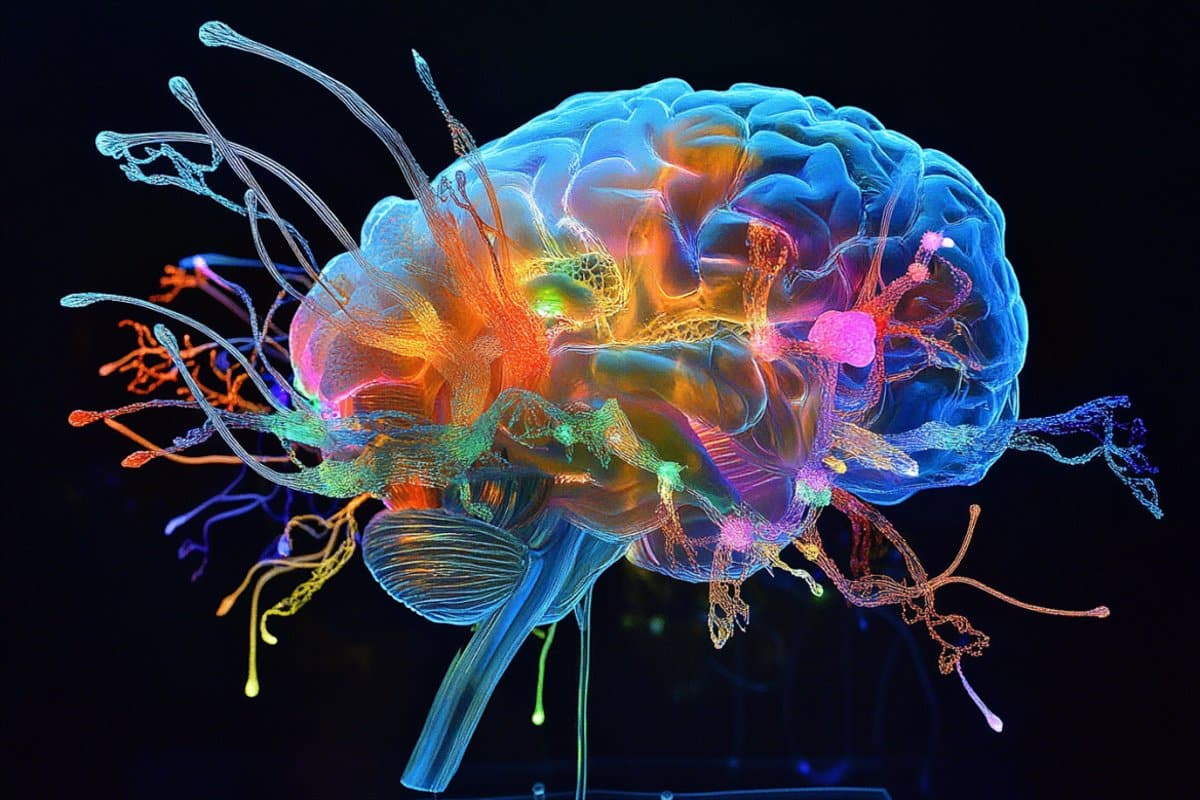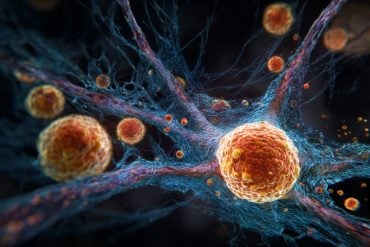Summary: A new study reveals that the thalamus, long overshadowed by the cortex and hippocampus, plays a crucial role in shaping and updating brain connections. Researchers observed plasticity in thalamic neurons in response to visual experiences, independent of the cortex—an unexpected finding.
These changes, especially pronounced during development but also present in adults, may offer a new target for treating neurodevelopmental disorders. By focusing on the thalamus, therapies could influence brain-wide connectivity more efficiently and potentially enhance cognitive outcomes.
Key Facts:
- Independent Plasticity: The thalamus can rewire its own connections without input from the cortex.
- Developmental Sensitivity: Thalamic plasticity is most prominent early in life but still possible in adulthood.
- Therapeutic Potential: Targeting thalamic neuromodulators may help treat conditions like autism by altering sensory processing.
Source: Boston Children’s Hospital
Years ago, as a neurology resident, Chinfei Chen, MD, PhD, cared for a 20-year-old woman who had experienced a very small stroke, affecting only the thalamus.
“It was so tiny that she wouldn’t have noticed any symptoms had the stroke been in any other area of the brain,” says Chen, who is now an investigator at the F.M. Kirby Neurobiology Center at Boston Children’s Hospital.
“But she lost her ability to form new memories. I could talk to her for hours, leave the room, come back, and she wouldn’t remember me.”
The cerebral cortex and hippocampus are traditionally viewed as the key structures in memory, but in this patient, these areas were undamaged. The experience made Chen curious to learn more about the thalamus.

Located deep in the brain, the thalamus is the brain’s central relay hub, receiving information from the outside world and transmitting it to many areas of the cortex. Perhaps because it’s harder to access, it’s been underexplored.
But Chen thinks the thalamus is critical to cognitive function, especially during early development when brain connections are first forming.
Neuronal connections — and the ability to update them as needed — have mainly been studied at the cortex level.
In a study just published in the journal Neuron, Chen and her colleagues show that the thalamus can update its own connections, independently of the cortex.
Studying connections in the thalamus
Newer technologies that can selectively activate and monitor cells are now affording a better glimpse of the thalamus.
“There’s been an explosion of studies of smaller and deeper brain areas that were not well studied before,” says Takuma Sonoda, PhD, in the Chen Lab, the study’s first author.
The researchers placed mice in a controlled visual environment, presenting them with horizontal lines moving in different directions (vertically, horizontally, or diagonally).
They then recorded the activity of neurons in the lateral geniculate nucleus (LGN), the part of the thalamus that relays visual information to the visual cortex.
The recordings showed that cell populations within the LGN changed their response patterns based on the animals’ visual experience. This finding was unexpected as plasticity, the ability of neuronal connections to change, has traditionally been attributed to the cortex.
“Providing different experiences can change the connectivity of the thalamus, and these changes in connectivity can be long-lasting,” explains Chen.
“This was especially true during development, but we also saw plasticity in adult mice.”
Notably, the circuits that changed were those connecting the retina to thalamus, not those connecting the cortex to thalamus— evidence that the thalamus was rewiring.
A new angle on neurodevelopmental disorders
Chen believes her team’s findings are relevant to children with neurodevelopmental disorders, which often involve altered brain connections. Some therapies — such as repetitively exposing children with autism to different situations to get them accustomed to them — may be changing these connections, strengthening certain pathways over others.
“If you want to alter connectivity across many cortical areas, it may be beneficial to intervene at the level of the thalamus, before signals are broadcast throughout the brain,” says Chen.
She suggests that one way to influence connectivity in the thalamus is by modulating neurotransmitters, using existing drugs.
“Neuromodulators could alter the processing of sensory information including visual processing, which can be affected in neurodevelopmental disorders,” she says.
“A lot of studies are looking at expression patterns of neuromodulatory receptors on thalamic neurons, and it’s possible we could find pharmaceuticals that are more specific to the thalamus.”
The thalamus may also be a more strategic target to focus on in improving cognitive function.
“If you could change connectivity in the thalamus before information is transmitted throughout the rest of the brain, you could target one place rather than multiple areas of the brain. The thalamus is a very key area of the brain that shouldn’t be neglected.”
About this neuroplasticity and memory research news
Author: Joelle Zaslow
Source: Boston Children’s Hospital
Contact: Joelle Zaslow – Boston Children’s Hospital
Image: The image is credited to Neuroscience News
Original Research: Closed access.
“Experience influences the refinement of feature selectivity in the mouse primary visual thalamus” by Chinfei Chen, et al. Neuron
Abstract
Experience influences the refinement of feature selectivity in the mouse primary visual thalamus
Neurons exhibit selectivity for specific features: a property essential for extracting and encoding relevant information in the environment. This feature selectivity is thought to be modifiable by experience at the level of the cortex.
Here, we demonstrate that selective exposure to a feature during development can alter the population representation of that feature in the primary visual thalamus.
This thalamic plasticity is not due to changes in corticothalamic inputs and is blocked in mutant mice that exhibit deficits in retinogeniculate refinement, suggesting that plasticity is a direct result of changes in feedforward connectivity.
Notably, experience-dependent changes in thalamic feature selectivity also occur in adult animals, although these changes are transient, unlike in juvenile animals, where they are long lasting.
These results reveal an unexpected degree of plasticity in the visual thalamus and show that salient environmental features can be encoded in thalamic circuits during a discrete developmental window.






